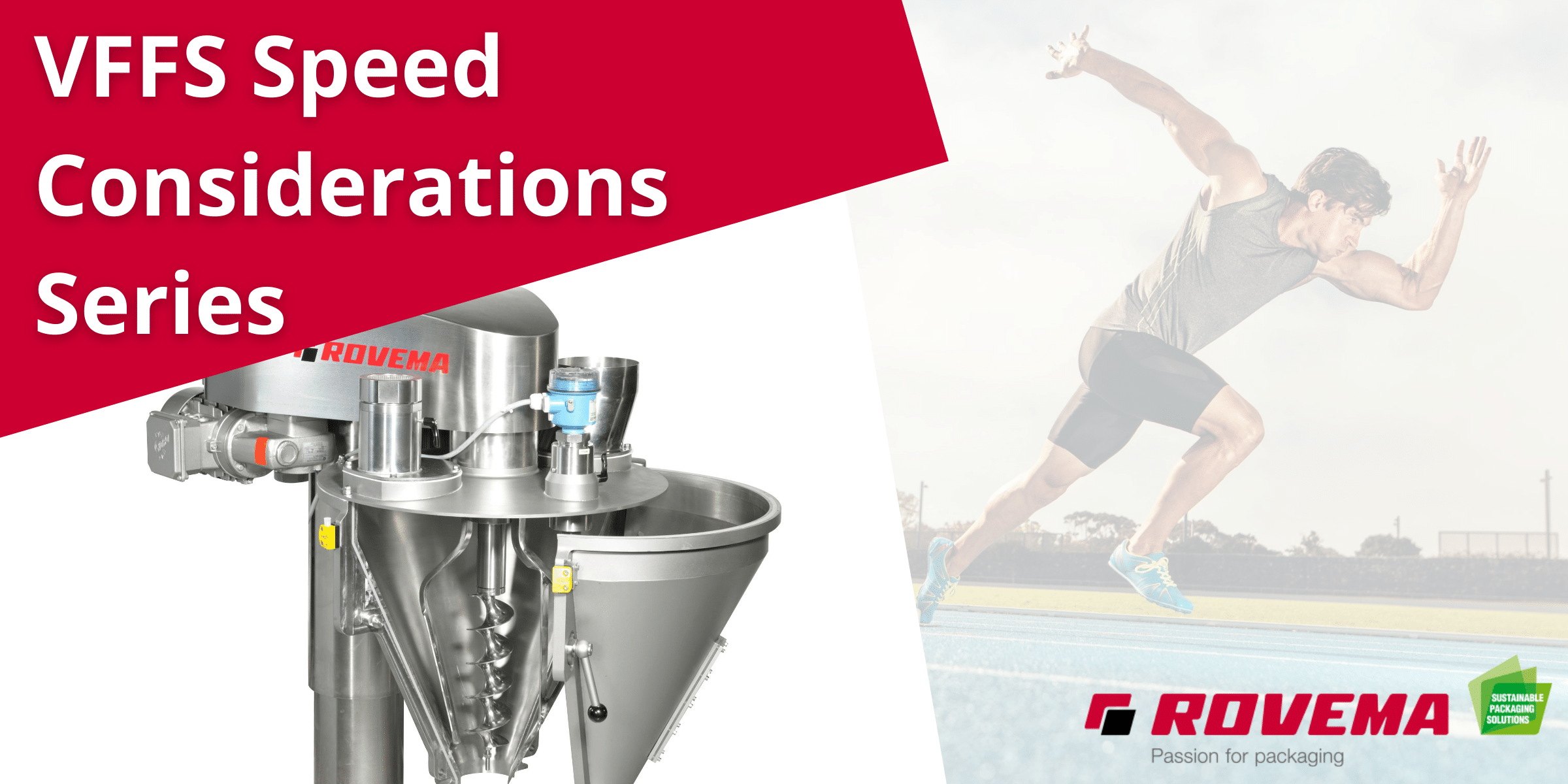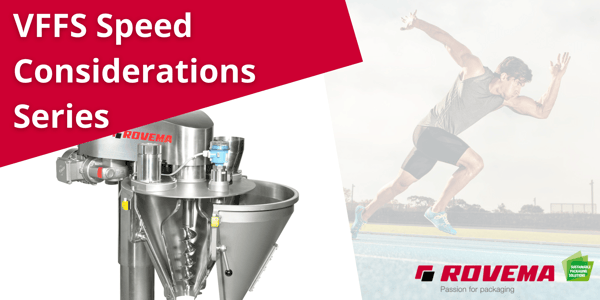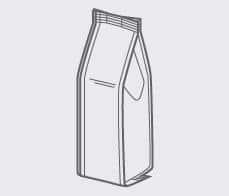Product Characteristics: VFFS Speed Considerations Part 2
VFFS Speed Considerations Last week we kicked off our series on VFFS speed considerations, and discussed how package width and head space relate...
3 min read
 Emily Brogan
:
Fri, Feb 2, 2024
Emily Brogan
:
Fri, Feb 2, 2024

 VFFS Speed Considerations
VFFS Speed ConsiderationsFor all industries, it does not matter if business is booming or you are experiencing hardship, in all cases there are pressures to increase output and maximize efficiency.
Production Output = Lower Cost per Unit = Higher Margins
However, many individuals mistakenly approach this challenge with a generic mindset. They believe that increasing the filler or bagger speed or investing in a faster solution is the simple answer.
While these actions may yield some success, the true solution lies within the packaging process. Ensuring a smooth flow from how the product is measured or metered is crucial for efficiency.
Also, at the start of a VFFS machine purchase, there are certain decisions that you will make early in the project of building out your packaging line that can pigeon hole you into a lower speed bracket than you have envisioned.
Over a series of articles in the coming weeks, we are breaking down the most important decisions and considerations, whether you're in the beginning stages of your project or working through challenges with down time so that:
The importance of the sealing speed of your bagger is great. But often, where producers run into issues with output speed is the transition of the product from the filler to the bagger.
This relationship is particularly difficult to manage, especially if these packaging line components are being sourced from different suppliers.
For the first installment of this series, we are breaking down why the width of your package and your package head space have a direct relation to output speed and how they relate to how your product is processed.
Unless you're a seasoned pro, you might not realize that the width of the package you are running on a VFFS machine limits the width of the filling tube.
The diameter of the filling tube must be small enough to fit inside of your package. For example, the size of your auger filler tube equates to how many (or few) auger rotations it take to fill the package.
Here is a more specific example: Let's say that two companies want to run a 1.5oz coffee frac pack. Company A is using a 90 millimeter forming tube, as their bag size is 90 millimeters wide.
On the other hand, you have Company B who decides to run their package at 115 millimeters. They are able to use a larger forming tube on their coffee frac pack equipment setup.
Company B is able to fill their coffee frac pack (that's the exact same weight as Company A's package) with less auger rotations, equating to less time. (For more speed considerations specific to coffee fractional packs, we have another blog post here)
If you're working through the intricacies of building out your packaging line, you may have other limitations on the width of the bag. Your retailers or other commitments may require a certain merchandising width (like a retail ready packaging solution) or shipping specification.
If this is the case, and you've been advised by your VFFS machinery partner that the use of a larger filling tube or even auger screw would increase your throughput speed, consider whether adding gussets to the side of your package would be a solution.
Adding gusseting to a standard pillow bag or even to make a stand up pouch, like a block bottom bag, wont make the finished package much wider, if any, but could give you the chance to up-size your filling tube and increase filling speed. (For more specific information on considerations around different bag types, you can check out our webinar recording here)
Head space is the gap between the top of the product inside the bag and where the package is sealed off. It plays a vital role in maintaining the overall speed of your packaging process by allowing the product to settle and clear from the seal area before the sealing jaws engage. This ensures smooth and efficient packaging without any disruptions.
For many customers, it is important to them to minimize the amount of void space in the package, and as an avid supporter of sustainability initiatives, that's very important to us too.
But there is a delicate balance between minimizing the head space for your package and making sure there is enough for the charges to clear from the seal area at maximum machine performance.
At the end of the day, minimizing any product waste, especially caused by seal integrity issues, is of highest importance from a carbon footprint and overall cost perspective.
Often, the characteristics of the product that you're packaging will be the main driver of how much head space you need to allow in your package, and those characteristics will be detailed in the next entry of this series.
You may not have the luxury to add more head space to your package. While this is rare, it does happen for producers that have maxed out their cutoff length for a smaller machine. The solution that we recommend is a bag tapper or other form of vibration that will help the product settle faster. This can easily be retrofitted to your current solution.
The significance of bag width and head space should not be underestimated when striving for the best VFFS solution for your products. These specifications are crucial for machine builders as they directly impact product characteristics. Whether dealing with dense and dust-free products like coffee beans, or lighter, dustier products like ground coffee, the packaging considerations vary. Even products with challenging shapes, such as green beans, can pose head space issues.
In the upcoming installment of this series, we will delve into the intricacies of these product characteristics. To stay updated on the release of the next part, be sure to subscribe to our blog at the top of the page.

VFFS Speed Considerations Last week we kicked off our series on VFFS speed considerations, and discussed how package width and head space relate...

{% video_player "embed_player" overrideable=False, type='scriptV4', hide_playlist=True, viral_sharing=False, embed_button=False, autoplay=True,...